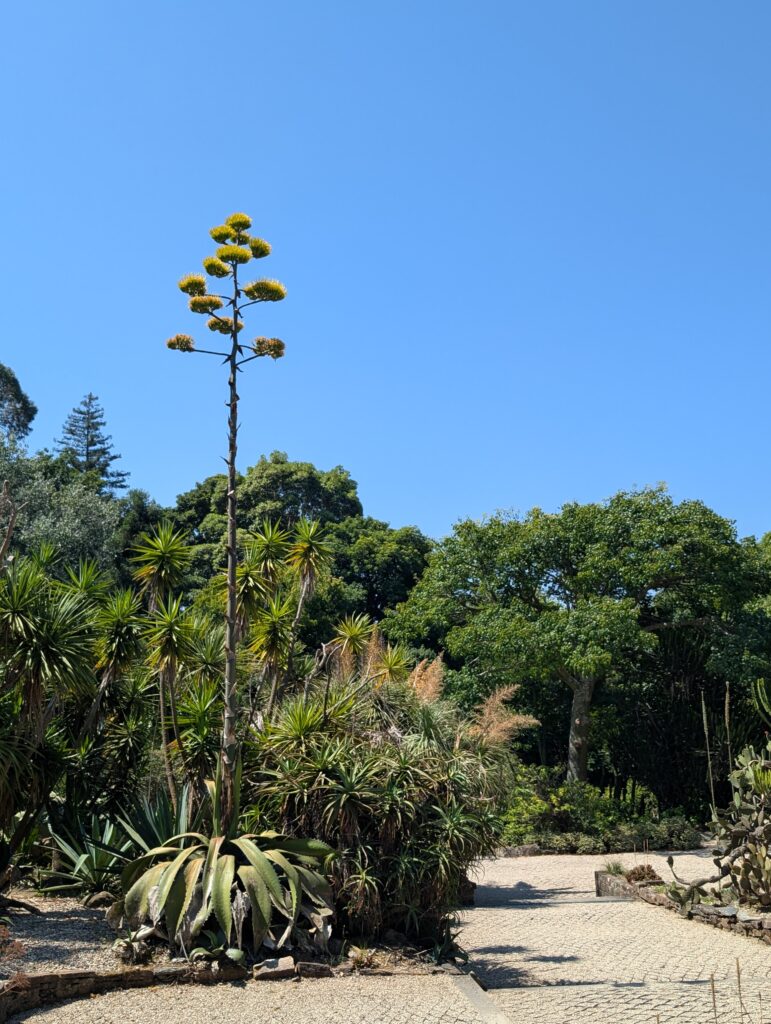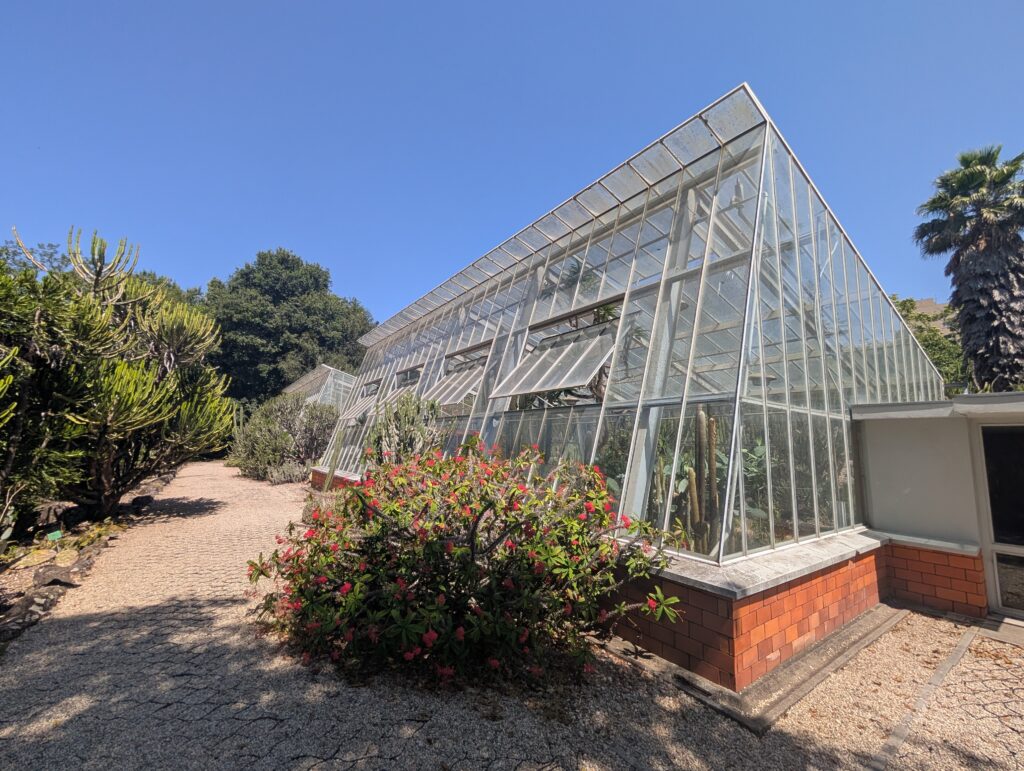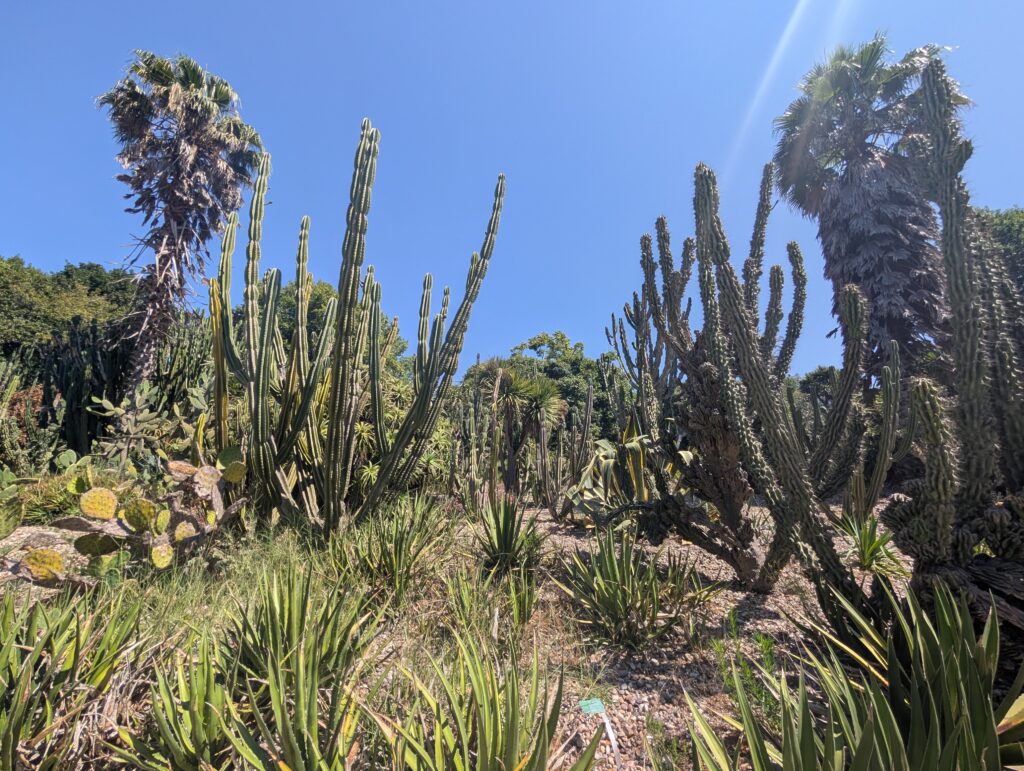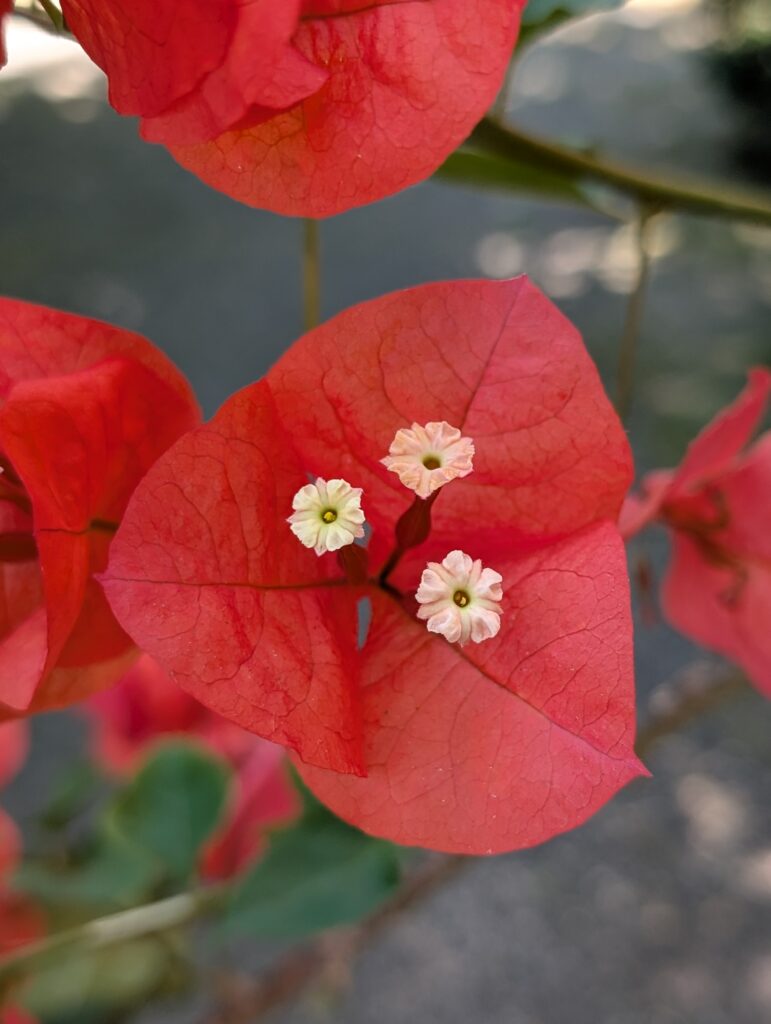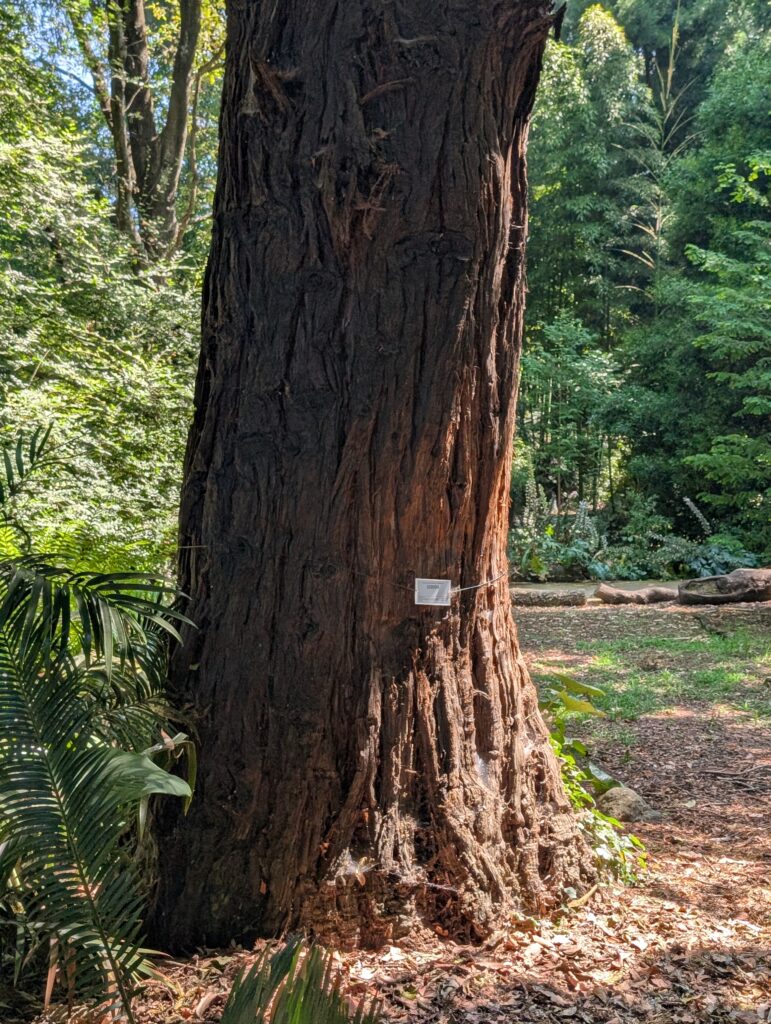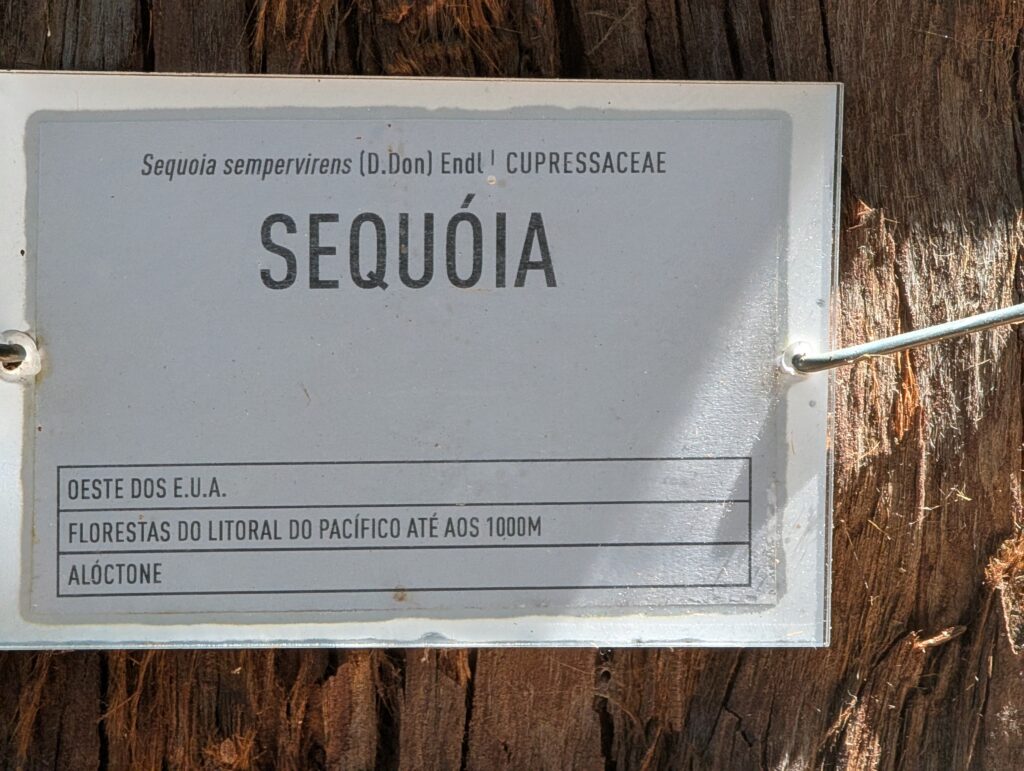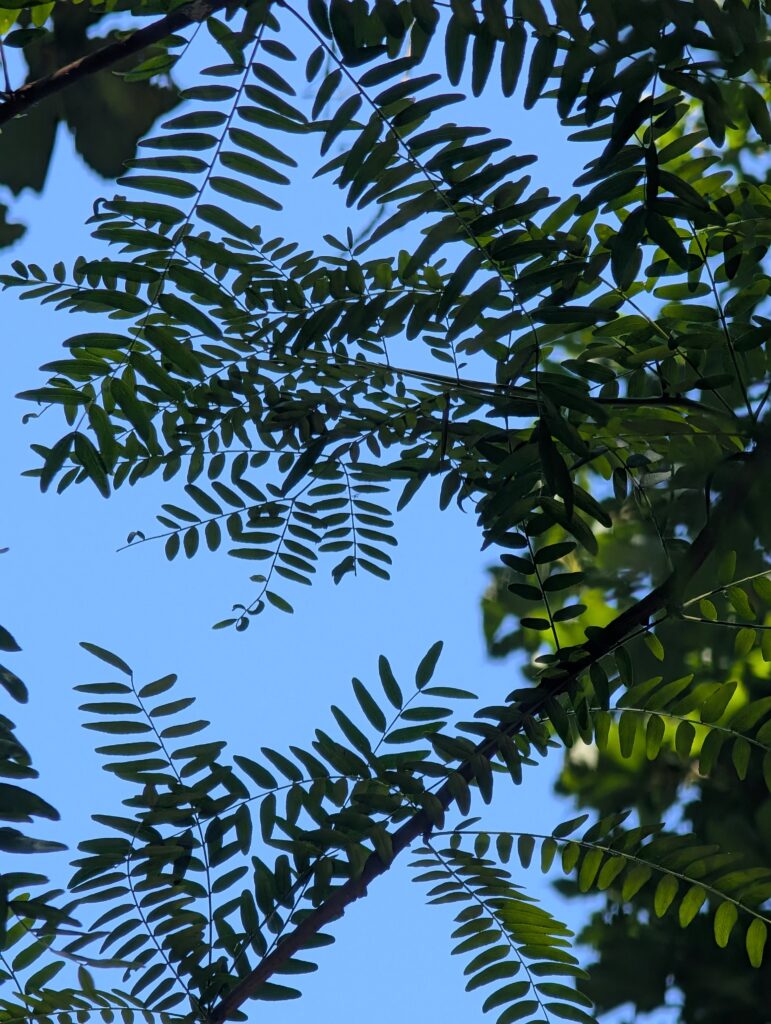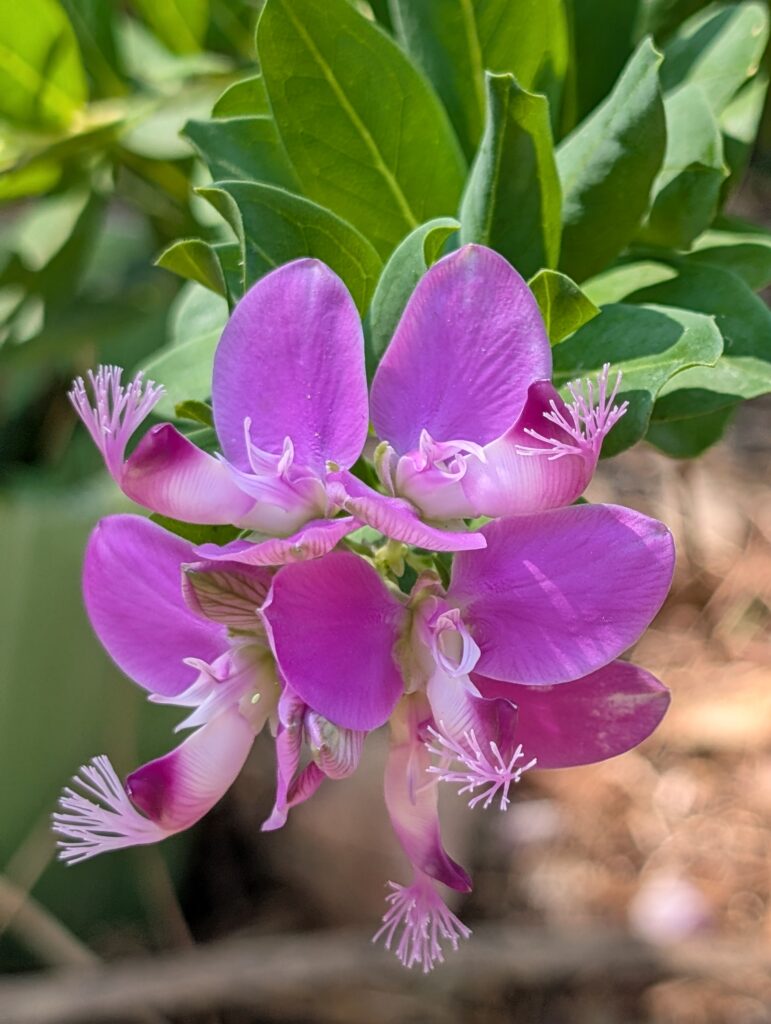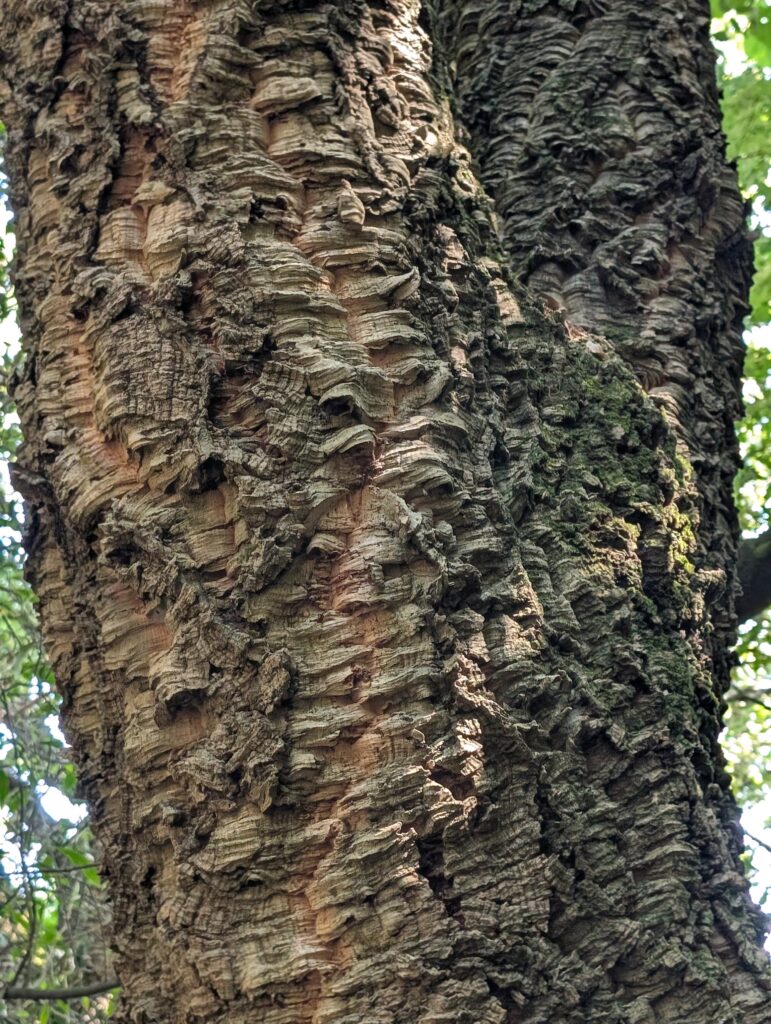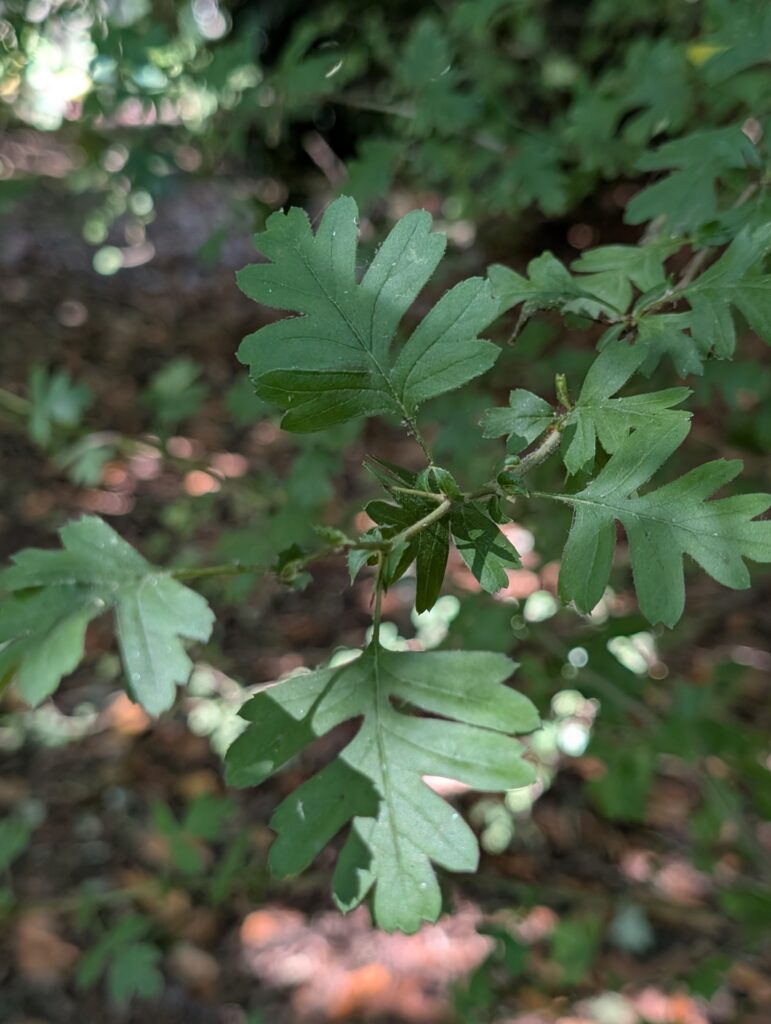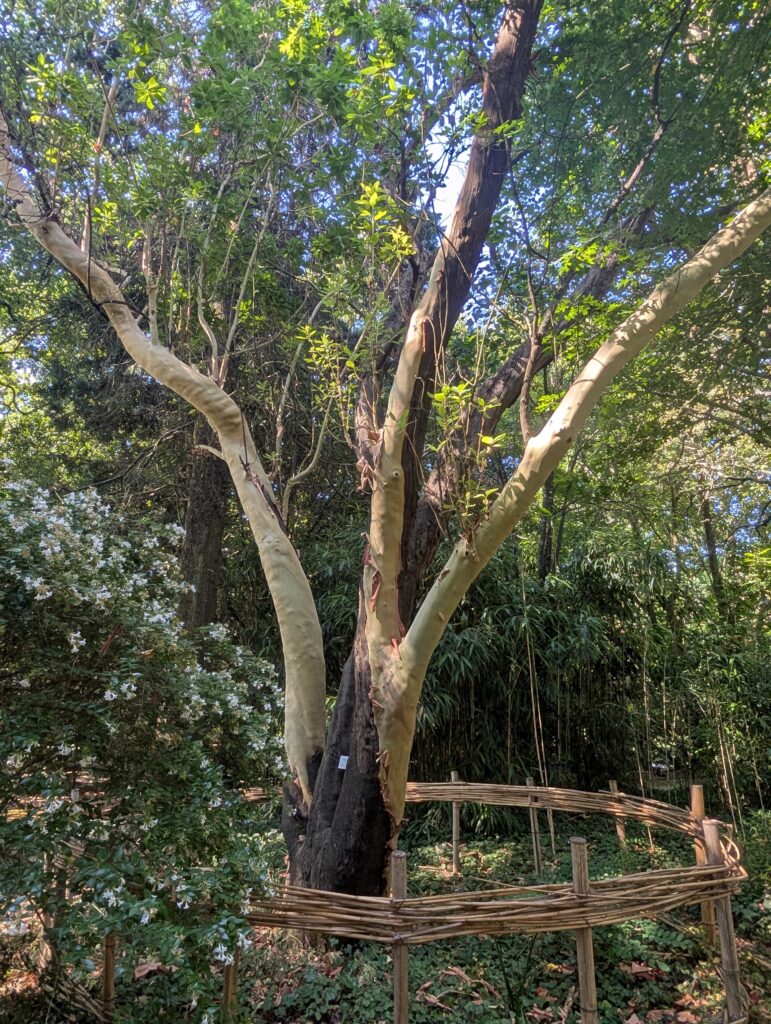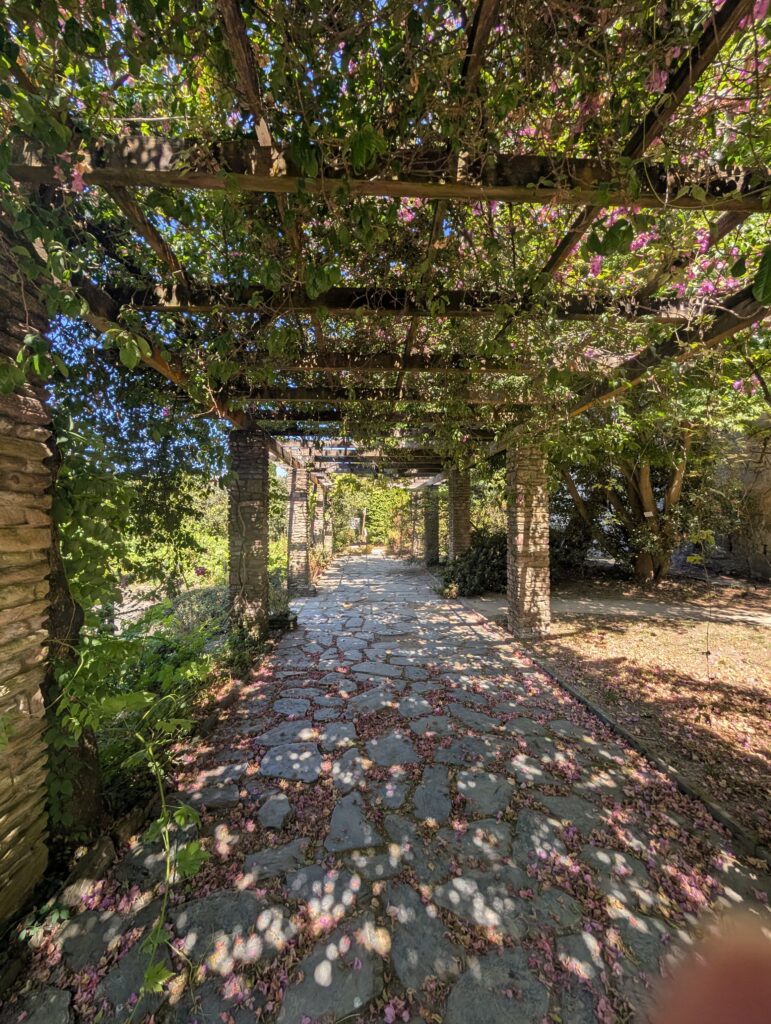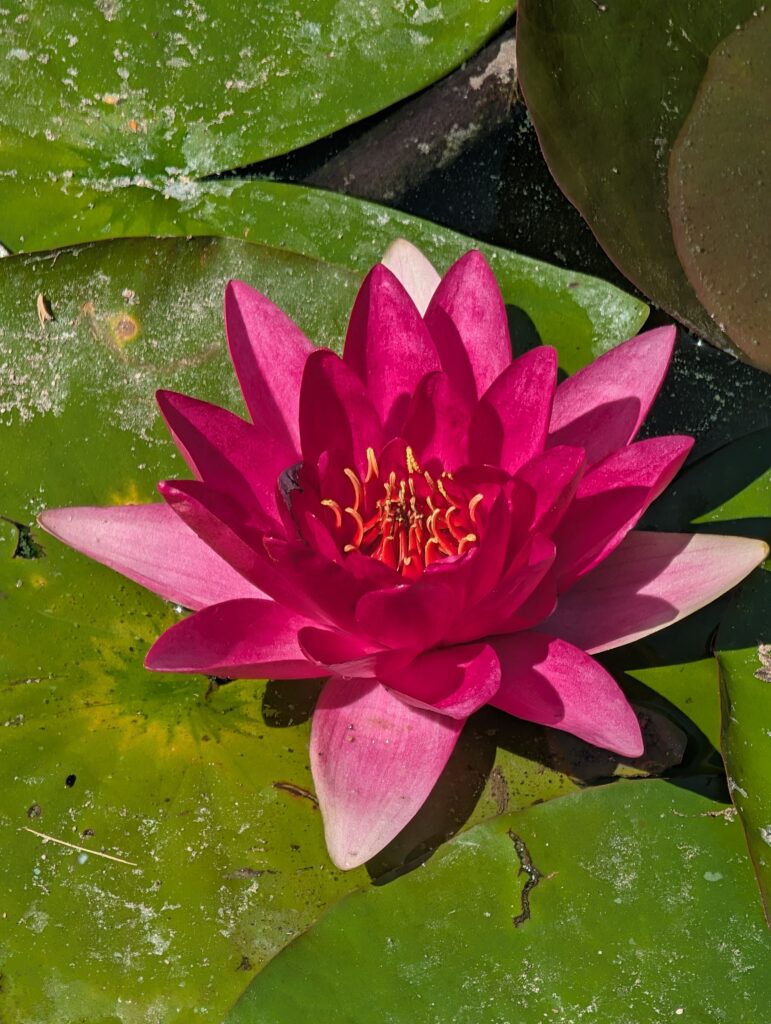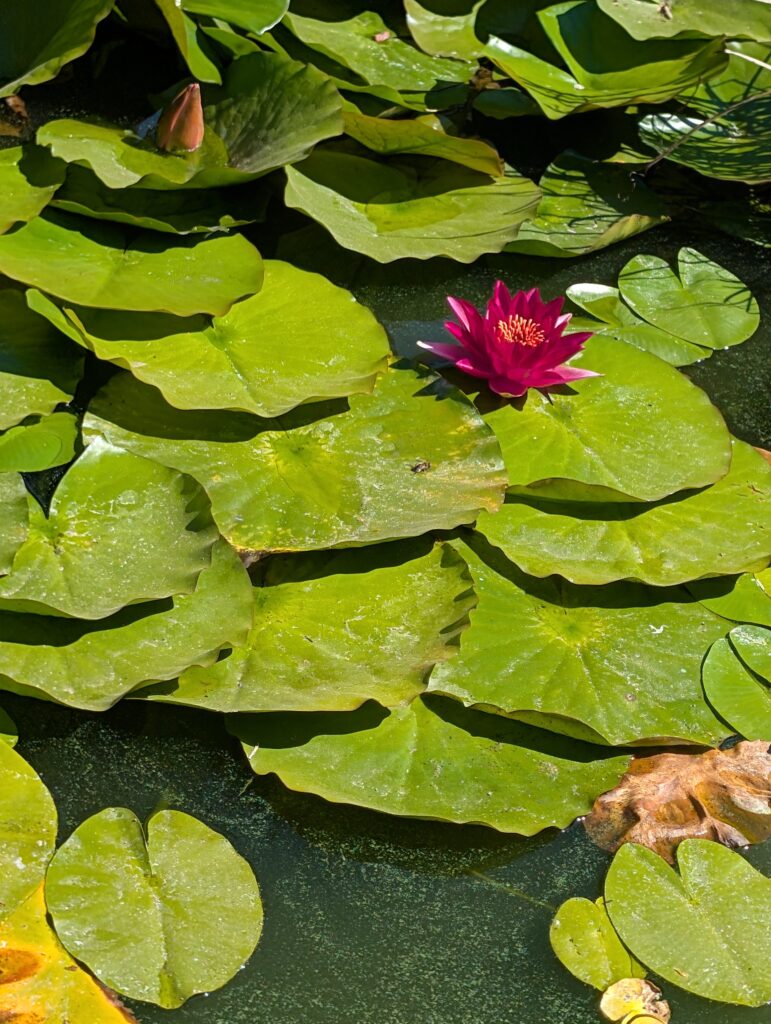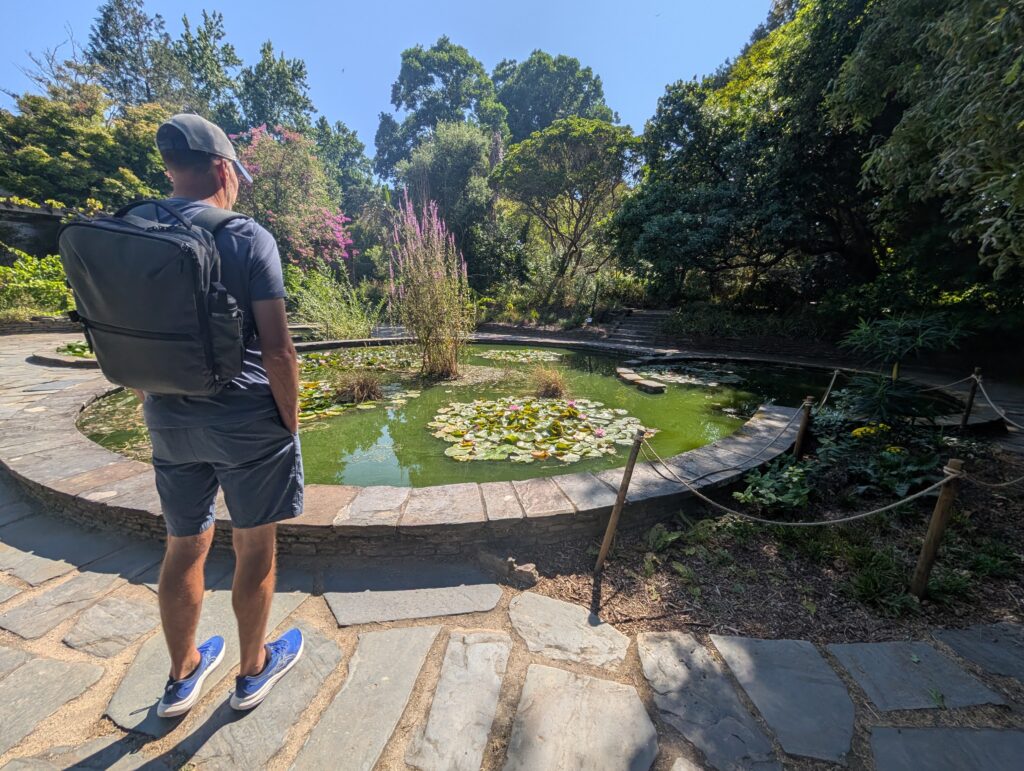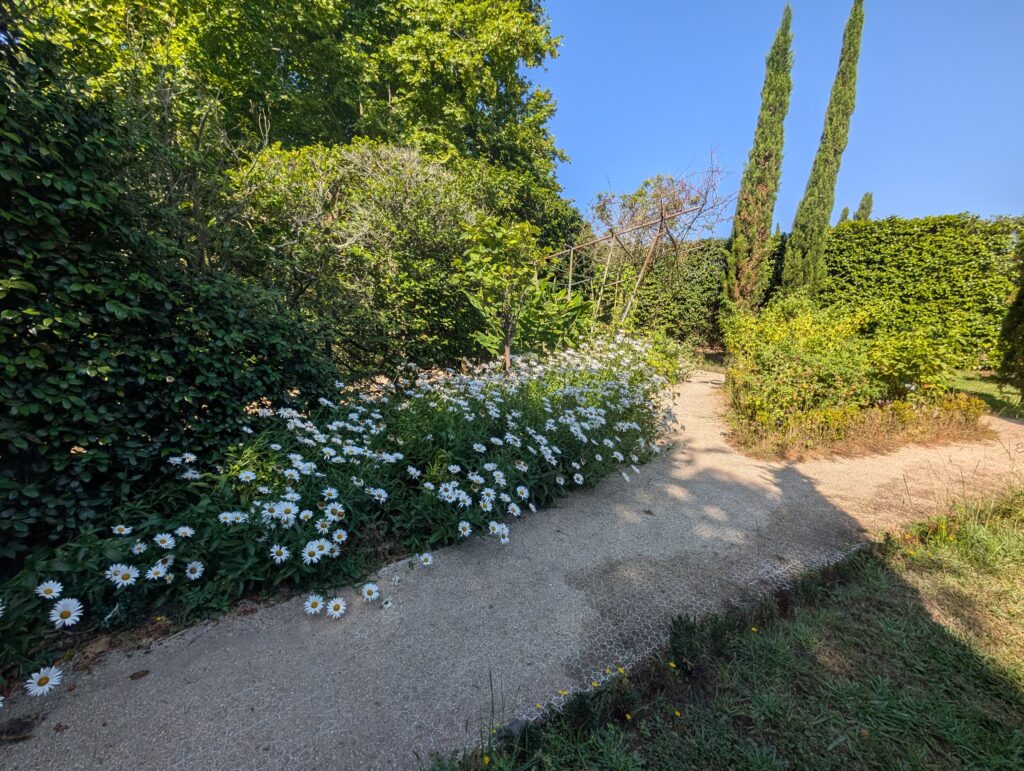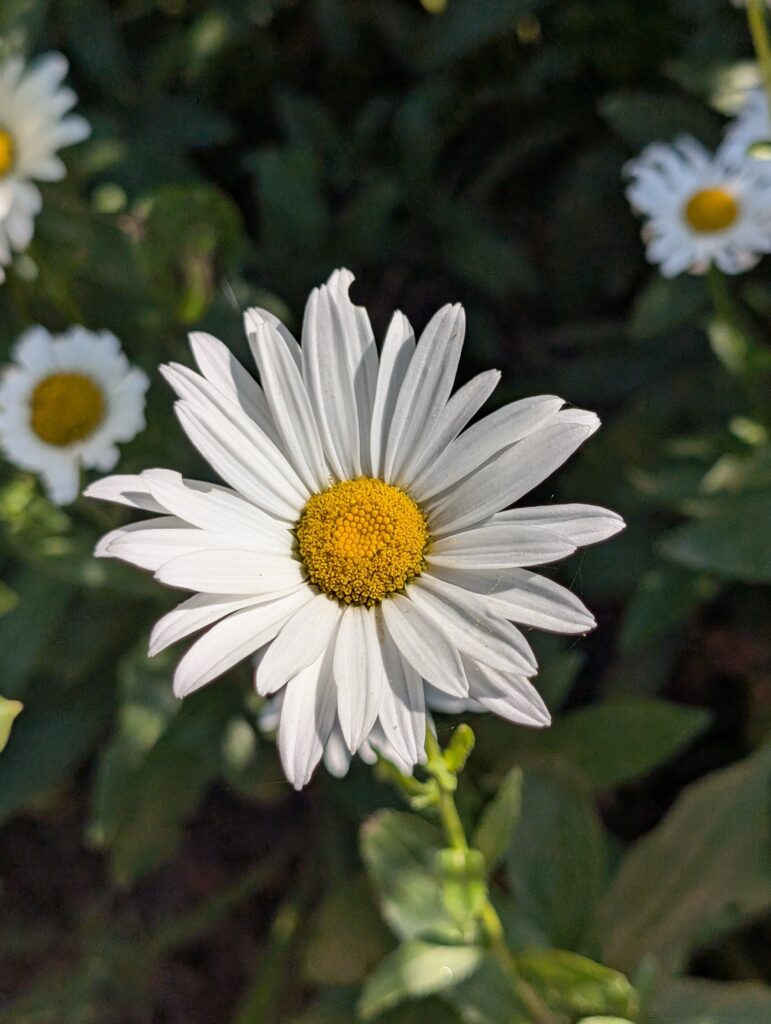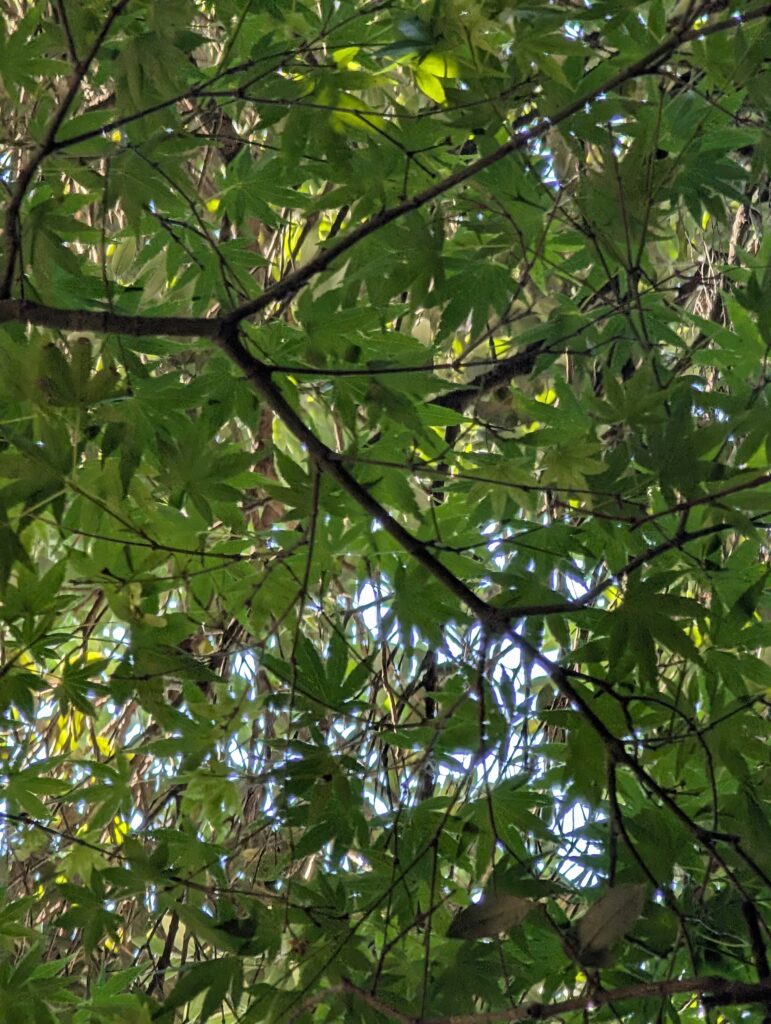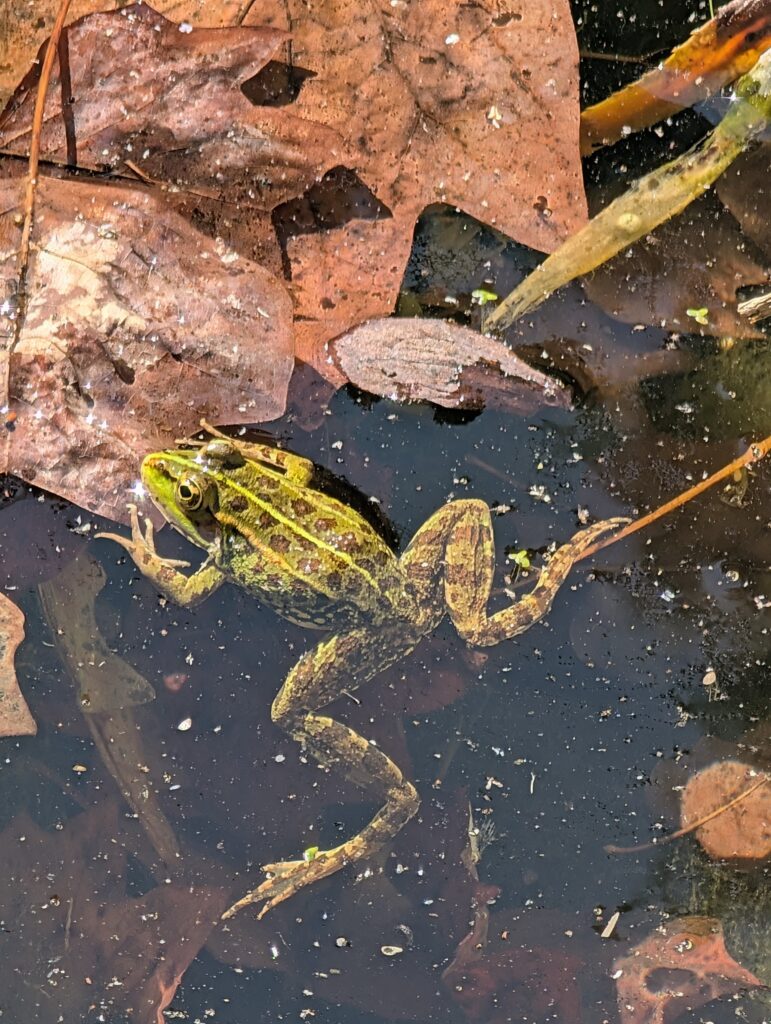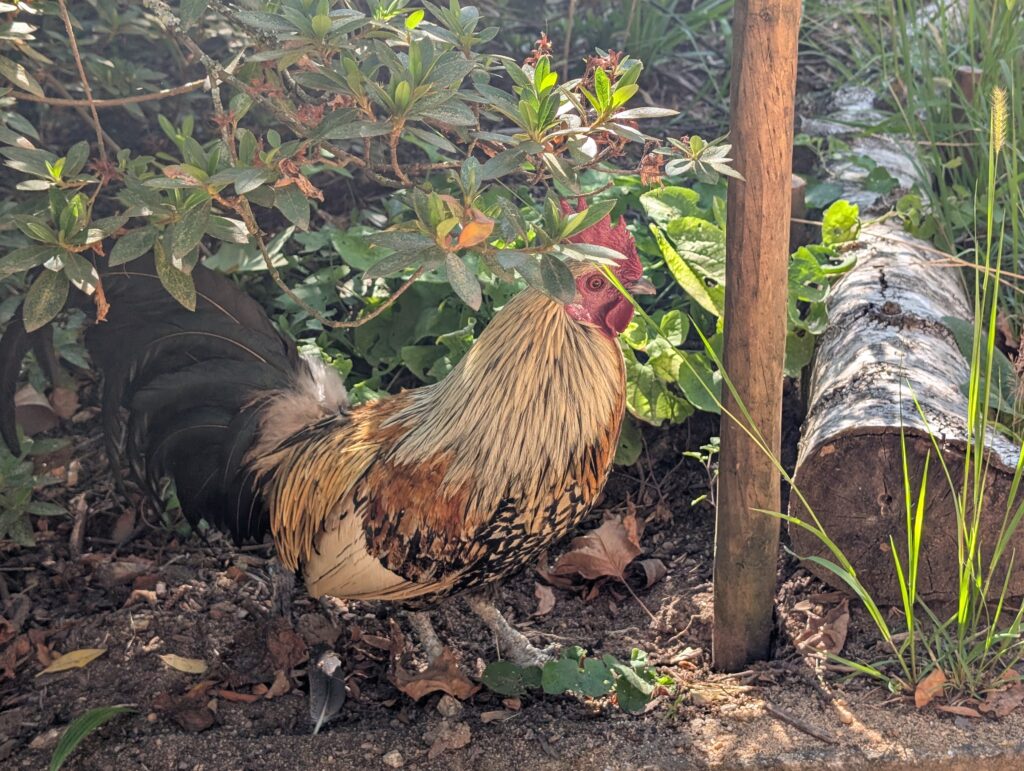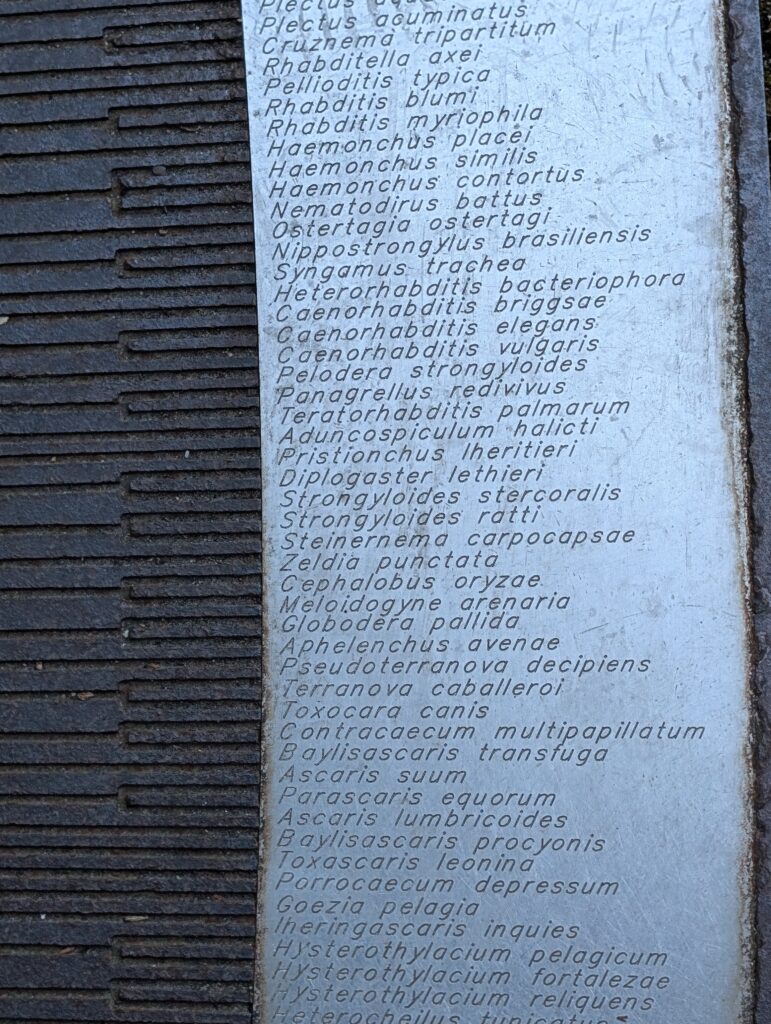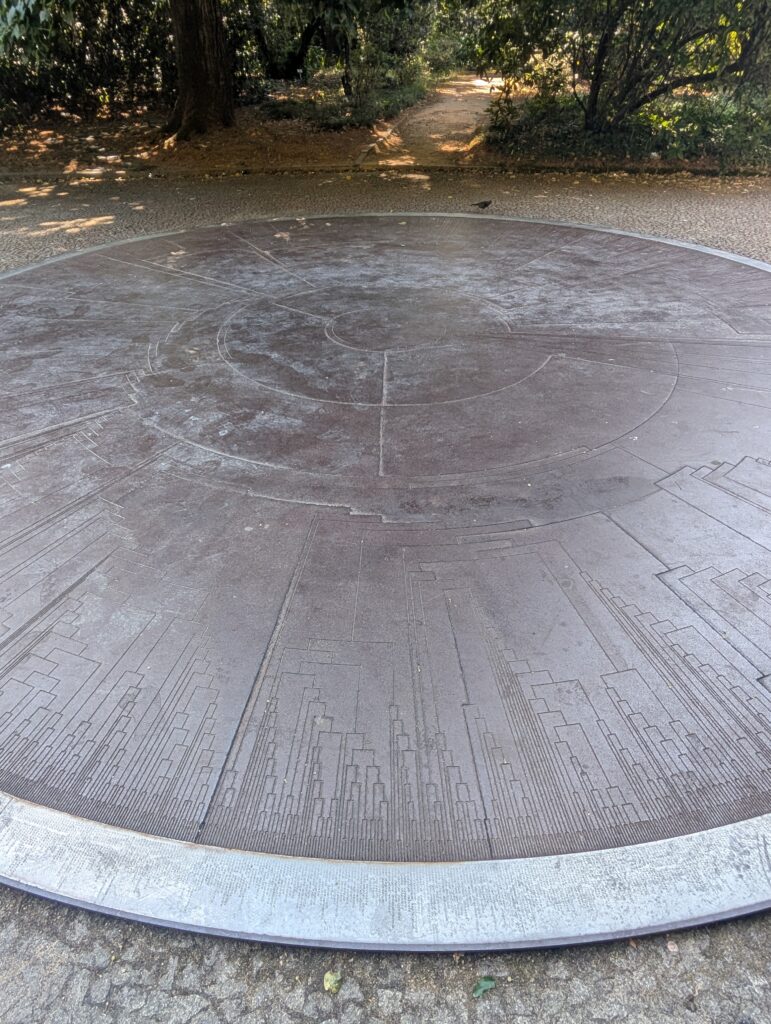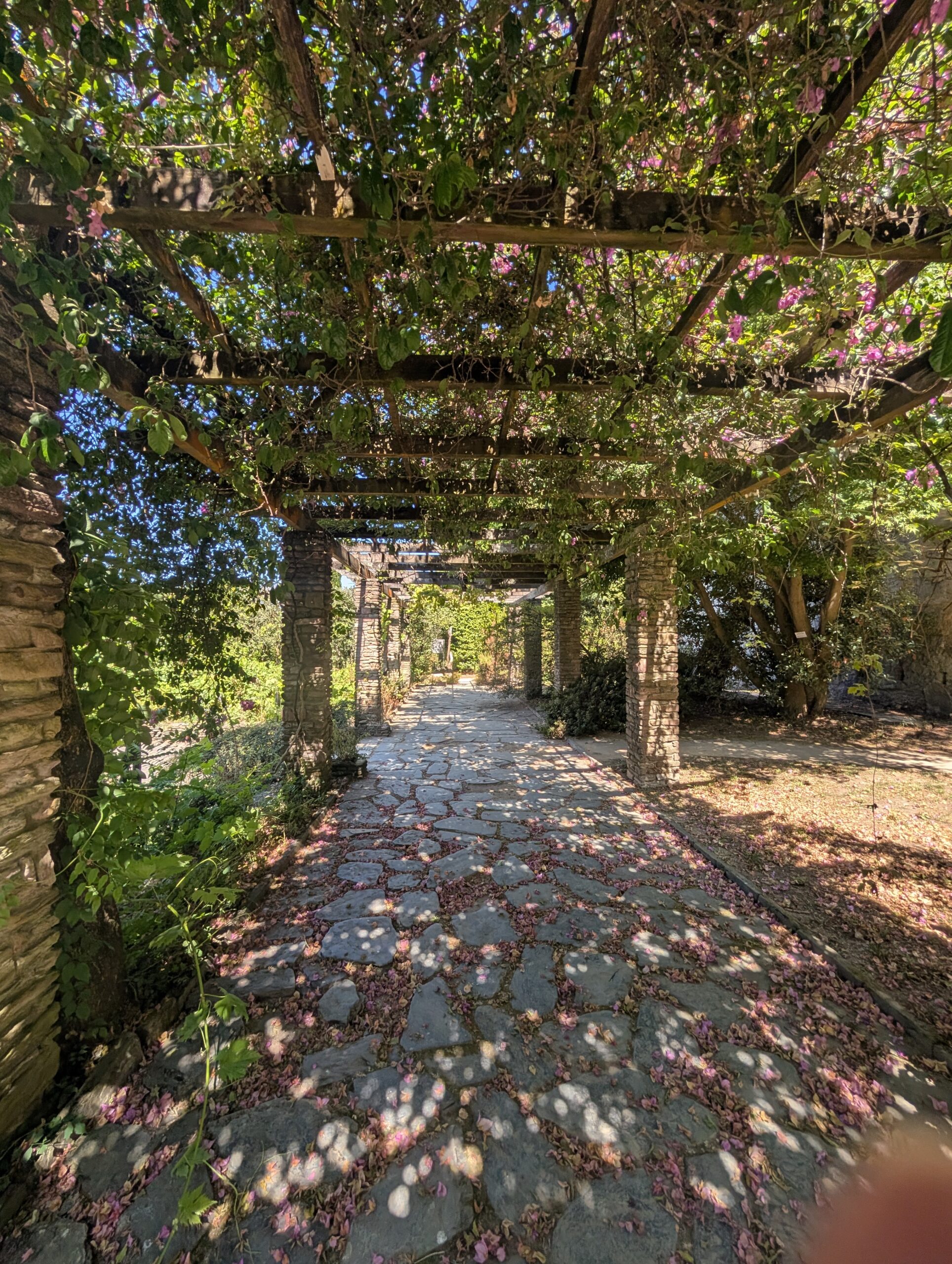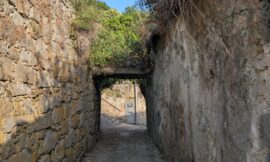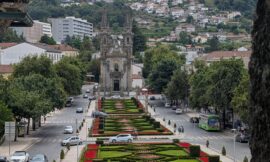If you followed us two years ago, we developed a bit of a botanical garden habit. It started with Lisbon. Looking back, it wasn’t just because we both love plants and wandering. We had just arrived for our first long trip in Europe and, speaking for myself, was still a bit in culture shock. There is something to be said for walking among plants, where it tends to be quiet, peaceful, and sort of familiar. It seemed a calming and shady place to collect ourselves and still feel we were “doing something”.
It then seemed natural to keep visiting them as we went on that trip. So now it is kind of a private joke between us that we seek out a botanical garden if it is anywhere near us. And so it goes here in Porto. The garden here is associated with the University and Museum of Natural History. The entrance is anchored by a gate into what used to be an estate of several wealthy individuals known as Campo Alegre Estate. The “home” dates to 1875 though major changes to the house and gardens happened around 1895-1900.
Out in front of the house was a large, metal disc about 10 feet in diameter. You could make out lines on it and it felt like a sculptural installation that seemed like you shouldn’t walk on it yet it was hard to avoid doing so. As I looked at the edge, I noticed genus species names. Hmmm. When we walked into the building for a map and information, we discovered the mystery disk was a Tree of Life installation created by academics from, wait for it, the University of Texas. They used genomic information to show the branching of both plants and animals from a central point. Given I’ve been reading a book on plant intelligence, this was a fabulous discovery. Trev had to pull me away from the interactive screen (which I forgot to photograph, Doh) where you could click down through Kingdoms, to Phyla… on down to Families and then a particular animal or plant. My nerdy biology side was in heaven… but moving on.
It is possible to tour the house but we really wanted a garden wander and decided we would pay to enter the house if we had time. Spoiler Alert: We didn’t. It was a hot day and the property was much larger than we expected. But it was fine. Ponds with croaking and territorial frogs and wandering chickens provided entertainment. We stumbled on the largest Texas Madrone we’ve ever seen, as well as a sizable Sequoia. Gorgeous Gingko trees, corks trees, flowering and fruiting citrus trees and many smaller and interesting shrubs, grasses and flowers. You know, the standard fare.
We walked into an entire area of cacti and their ilk immediately made you feel as though you entered a desert. This was alongside a large greenhouse sheltering more succulents and a pond that featured those huge rubber-looking lily pads we’ve seen featured in gardens in Oslo and London. It was a nice balance of manicured and managed areas and other sections that felt a bit more free-wheeling.
It is interesting to think about the early plant collectors or botanists that acquired these trees as small specimens 60 or more years ago. One thing we wished for is that on the labels for the trees it estimated when they were planted. It was an excellent wander.
